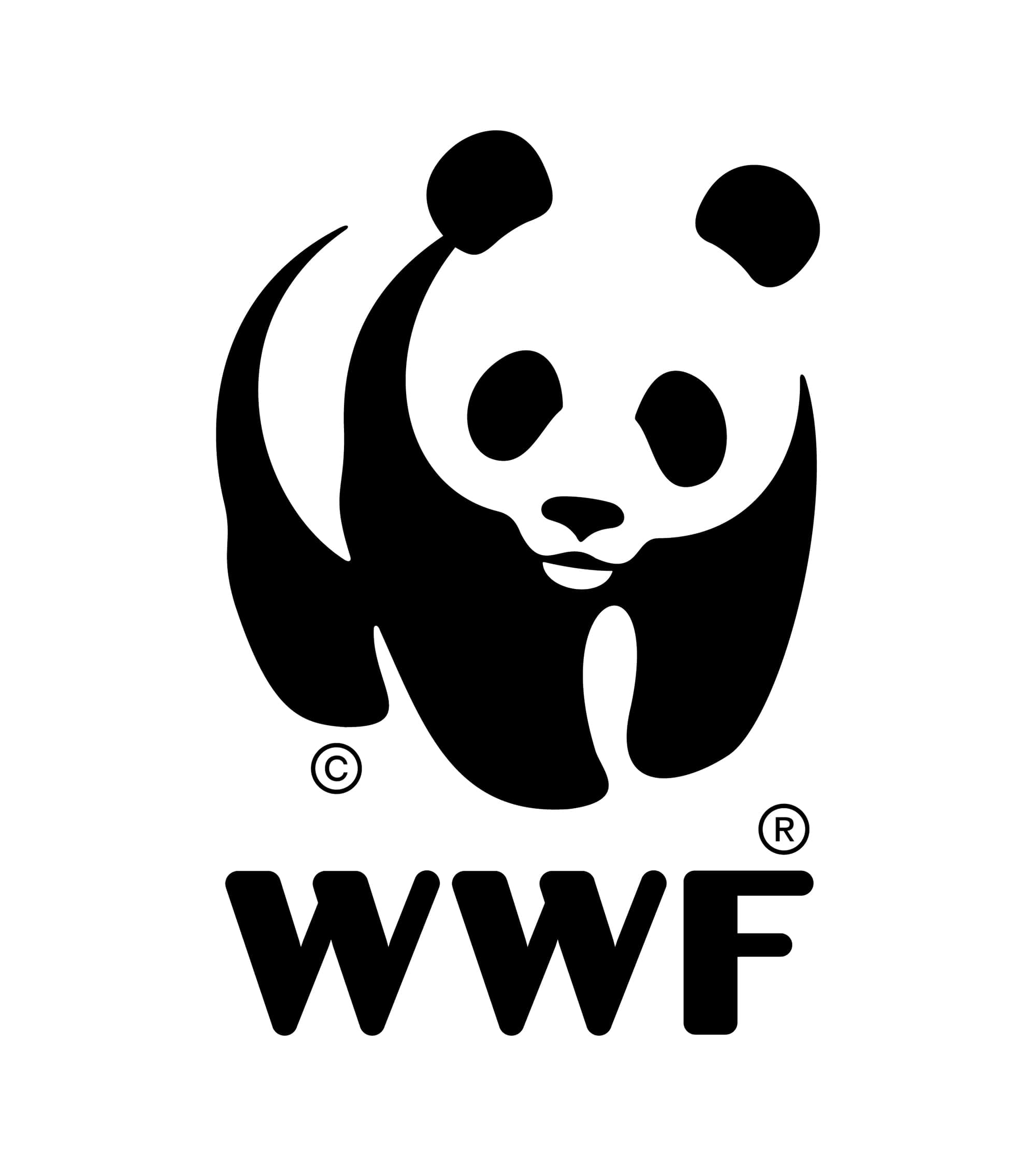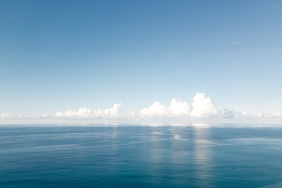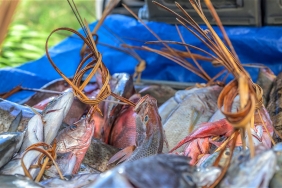THE LONG ROAD TO KKPD PALOH: CONSERVATION EFFORTS AND PROTECTION INITIATIVES
The WWF Indonesia Foundation since April 2009 pioneered a conservation program in Paloh Sub-district, marked by the implementation of the "Multi-stakeholder Workshop in the Framework of Turtle Nesting Habitat Management in Paloh Sub-district", which was held in Sambas and opened by the Regent of Sambas, Ir. H. Burhanuddin AR. At that time, the Regent of Sambas hoped that there will be cooperation between WWF, the Government of Sambas Regency and the community in the effort to save sea turtles on the coast of Paloh.
One of the policy directions in the field of marine and fisheries as stipulated in the Regional Medium-Term Development Plan (RPJMD) of Sambas Regency, is about increasing the utilization of fishery resources in supporting the economy and maintaining its sustainability. One of the development strategies is to encourage Sambas Regency towards the Regional Marine Conservation Area (KKLD).
As a first step, WWF Indonesia Foundation conducted a study in the form of monitoring and data collection along the coast of Paloh to determine the population and threats to sea turtles and their habitat. This activity is carried out every day throughout the year, to record the number of sea turtles that come up to lay eggs and poaching of sea turtle eggs. Pontianak Coastal and Marine Resources Management Center (BPSPL) as one of the main partners, also collaborates in the implementation of monitoring, by involving 3 field enumerators recruited from local groups, as well as the construction of a hatchery since 2016 to date.
Another effort to encourage the role of community involvement in efforts to save Paloh sea turtles was the formation of the Kambau Borneo Community Monitoring Group (POKMASWAS) in 2011. The group consists of 27 members, half of whom are former egg hunters who have gained awareness. They are concerned about the rampant trade in sea turtle eggs, as well as the decreasing number of sea turtles coming to Paloh beach. This community involvement is also supported by law enforcers and related agencies such as the Pontianak Marine Resources and Fisheries Monitoring (PSDKP), Pontianak BPSPL, West Kalimantan Marine and Fisheries Agency (DKP), Sambas Regency Government, and the Police Force.
In 2012, WWF together with BPSPL Pontianak also initiated a turtle protection socialization campaign that was packaged in the form of the Paloh Coastal Festival (FESPA). This festival aims to promote coastal tourism, preserve local traditions and culture, as well as to make the community aware of the potential of natural resources and customs. So that there is a sense of pride and efforts to preserve it. This activity is also a form of transition from the "Turtle Egg Throwing Festival" which is held in every peak nesting season, which is a folk party to be grateful for the abundant harvest of turtle eggs. Until 2018 it has been held 7 times, and since 2017 it has been taken over and adopted by the Sambas Regency Government.
The opening of road access has also increased the pressure on sea turtles. In 2016, the nest loss rate reached above 25%. This prompted the implementation of a community assistance program, through the development of sustainable alternative livelihoods. As a step to juxtapose protection efforts with improving the standard of living of the assisted local community, the potential of cultivated kelulut honey (Heterotrigona itama) has begun to be recognized in the Paloh community. Apart from the high selling price of honey, easy management techniques, and the availability of nests that are still abundant, making kelulut farming a promising option.
The results of an initial study in eight villages in Paloh sub-district showed that there are at least 82 kelulut farmers with a total of 2,627 logs of nests. If honey productivity in the harvest period (March-November) averages 400 ml per month per log (Laba Beah Tanpa Sengat - Trubus), it is estimated that the potential production of kelulut honey in Paloh is 7-9 tons/year. This is certainly an opportunity and a challenge in building harmony between the community and conservation work for the protection of sea turtles on the coast of Paloh.
Another thing on land is another thing in the water. The threat of turtle bycatch in Paloh fishermen's gillnets is still quite high. In addition to losses due to damaged nets, caught sea turtles are often found dead and eventually stranded on the beach. One of the efforts to reduce and avoid the potential of sea turtles caught in the net is by installing green LED lights on the gillnet. The green light produced by the LED lights is expected to be detected by sea turtles so that they will move away or change their swimming direction and will not be entangled by the gill net.
The use of LED lights is one of the Smartgear programs that have been socialized by WWF-US and the National Oceanic and Atmospheric Administration (NOAA). In Indonesia, Paloh is the first location to test LED lights. Trials using LED lights in gill nets in Paloh Waters have been ongoing for four years, starting in mid-2014 until the end of 2017 with excellent results. From the trial results, it effectively reduced turtle bycatch by 62.5% and increased fishermen's catch by 15%.
Conservation efforts made by many parties have had a significant impact. Data from sea turtle monitoring in 2019 showed a decrease in sea turtle egg poaching, with 11% nest loss. But the threat does not stop here, it needs collaborative work from many parties for more effective management in the future.





